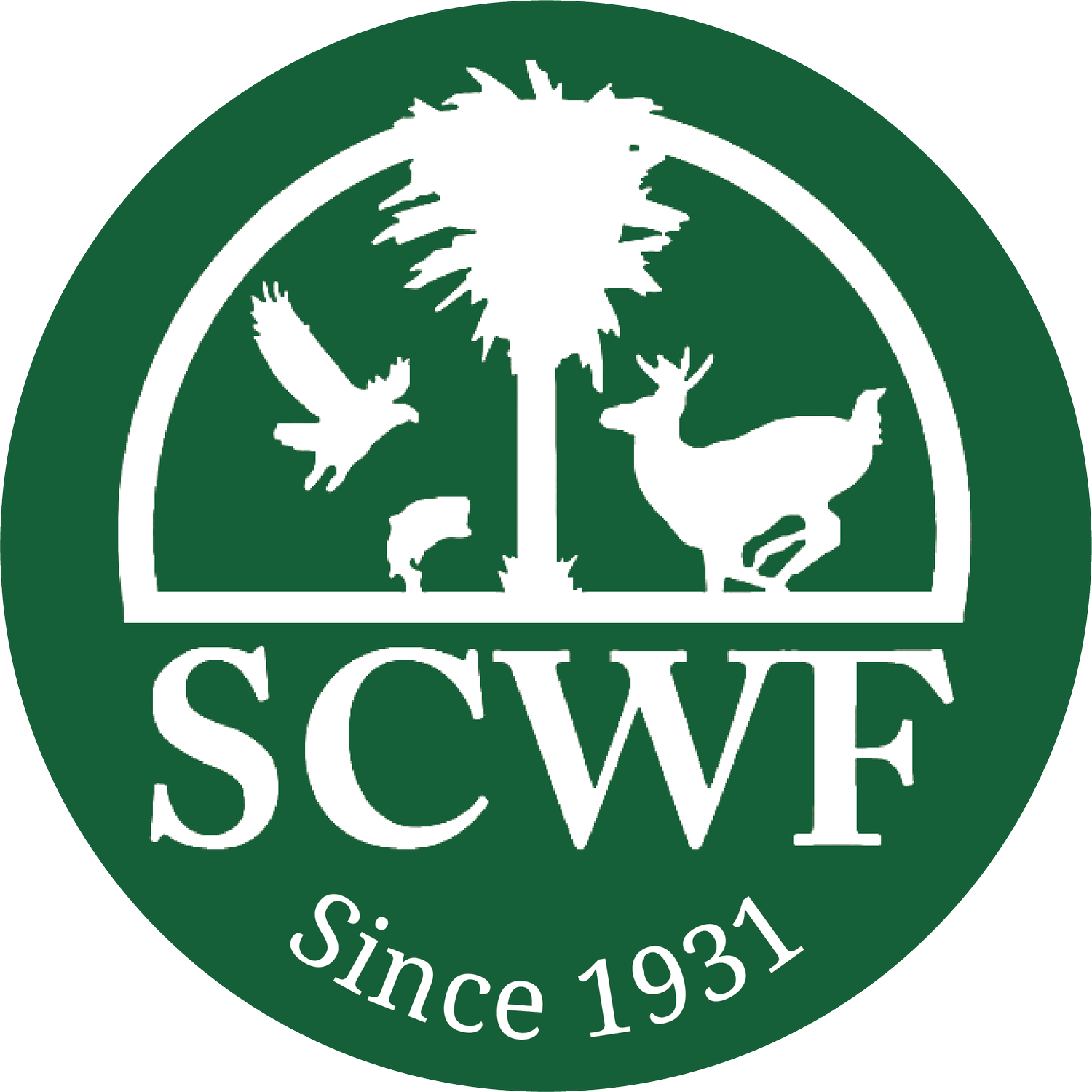Bipartisan Grasslands Conservation Effort Will Help Reverse Wildlife Crisis, Restore Endangered Landscapes
WASHINGTON, D.C. (October 9, 2024) — The bipartisan North American Grasslands Conservation Act will catalyze a concerted, collaborative effort to save one of the country’s most important and imperiled landscapes, which support wildlife, communities, livelihoods, and the outdoor recreation economy. The bill, introduced by U.S. Reps. Nancy Mace (R-S.C.), Sharice Davids (D-Kan.), Brian Fitzpatrick (R-Penn.), and Mike Thompson (D-Calif.) will help counter and reverse the staggering and ongoing loss of grasslands from conversion to croplands and other drivers, which have exacerbated the wildlife and climate crises.
“Healthy grasslands and shrublands are essential to reducing flooding and wildfires, sustaining robust wildlife populations, and supporting local communities. Building upon the lessons learned over three decades from the highly effective North American Wetlands Conservation Act, the bipartisan North American Grasslands Conservation Act will leverage unprecedented investment to save some of our most imperiled ecosystem,” said Collin O’Mara, president and CEO of the National Wildlife Federation. “This bipartisan proposal will bring long-overdue resources to restore iconic landscapes based upon priorities established through the first-ever North American Grasslands Conservation Strategy, while mobilizing a movement to conserve, restore, and revitalize our prairies for ranchers, hunters, and wildlife alike.”
Eastern meadowlark, by Teresa Kopec
“South Carolina’s grasslands are home to some of our state’s most important and iconic wildlife like Northern Bobwhites and the Eastern meadowlark," said Sara Green, executive director of the South Carolina Wildlife Federation. "The bipartisan North American Grasslands Conservation Act will help drive science-based, voluntary efforts to conserve this important landscape and ensure it endures for future generations. Thank you to Representative Nancy Mace and her colleagues for leading this important, bipartisan effort to restore one of South Carolina and the nation’s most threatened ecosystems.”
"As the Kansas Wildlife Federation approaches its 75th anniversary, we are committed to contributing to the conversation about grassland conservation in our state,” said Alfonso Leyva, president of the Kansas Wildlife Federation. “Protecting North America's grasslands is essential for Kansas' wildlife, ranchers, and environment. The North American Grasslands Conservation Act provides the tools and support needed to restore these vital ecosystems while empowering land stewards to lead the way.”
Northern Bobwhite, by James Edwards
“We know that a huge barrier to protecting Native lands and resources is a lack of sustainable funding,” said Shaun Grassel, CEO of Buffalo Nations Grasslands Alliance and a member of the Tribal Advisory Council for the National Wildlife Federation. “The North American Grassland Conservation Act provides much-needed grants to Tribes and Tribal organizations to carry out Indigenous-led conservation of culturally and ecologically important wildlife species. Together, we can protect an ecosystem that not only mitigates the effects of climate change, but has significance to Native peoples.”
Grasslands and sagebrush shrub-steppe are some of the most threatened ecosystems in the world. According to recent research, the United States lost 1.1 million acres of grasslands every year from 2008 through 2016. An average of roughly 1.2 million acres of sagebrush burn each year due to invasive annual grasses, which contribute to and fuel catastrophic wildfires. This habitat loss has caused total grassland bird populations to decline by more than 40 percent since 1966. Some species, such as the Western meadowlark, are at heightened risk of extinction. Species like the bobwhite quail have seen declines of nearly 85 percent over the past several decades.
The North American Grasslands Conservation Act authorizes $60 million in grants to support voluntary grassland and sagebrush restoration and conservation projects, such as incentivizing prescribed burns, managing invasive species, grazing management training and grassland conservation easements. Additionally, the bill’s funding opportunities also will help Tribal nations to engage in grasslands conservation and include Tribal representation on the program’s governing council. The legislation also would promote the application of Indigenous traditional ecological knowledge in restoring and sustaining grasslands.
Longleaf pine savannah, by Steve Moore




